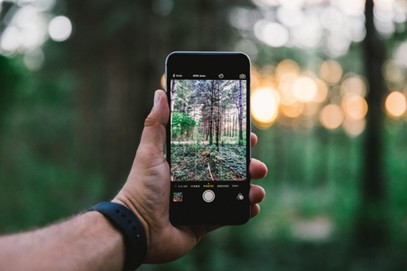Mobile Phones vs. Satellite Devices in Emergencies
Mobile Phones
- Ubiquitous: Almost everyone carries a mobile phone.
- Security: We rely on them for safety and emergency communication.
- Limitations:
- Network Overload: In large-scale emergencies (e.g., wildfires, disasters), calls may not go through due to overwhelmed cell towers.
- Spotty Coverage: In remote or wilderness areas, cell service may be unreliable or nonexistent.
- Tip: Text messages (SMS) use less data and are more likely to get through than voice calls during network congestion.

Satellite Communication Devices

- Global Coverage: Work anywhere in the world, even in remote locations with no cell service.
- Types:
- Personal Locator Beacons (PLBs):
- Send SOS messages.
- No subscription required.
- Strong signal, reliable in remote areas.
- Satellite Messengers:
- Send SOS messages.
- Require a subscription.
- Offer additional features like GPS navigation and two-way messaging.
- Personal Locator Beacons (PLBs):
Bottom Line
- Mobile Phones: Best for everyday emergencies in areas with good cell coverage.
- Satellite Devices: Essential for crisis scenarios, remote adventures, or anywhere cell service is unreliable.
Quick Tips
- Know Your Location: Research cell coverage before heading out.
- Text Over Call: In emergencies, try sending a text message if calls aren’t going through.
- Consider a Satellite Device: If you frequently venture into remote or disaster-prone areas, invest in a satellite messenger or PLB.


